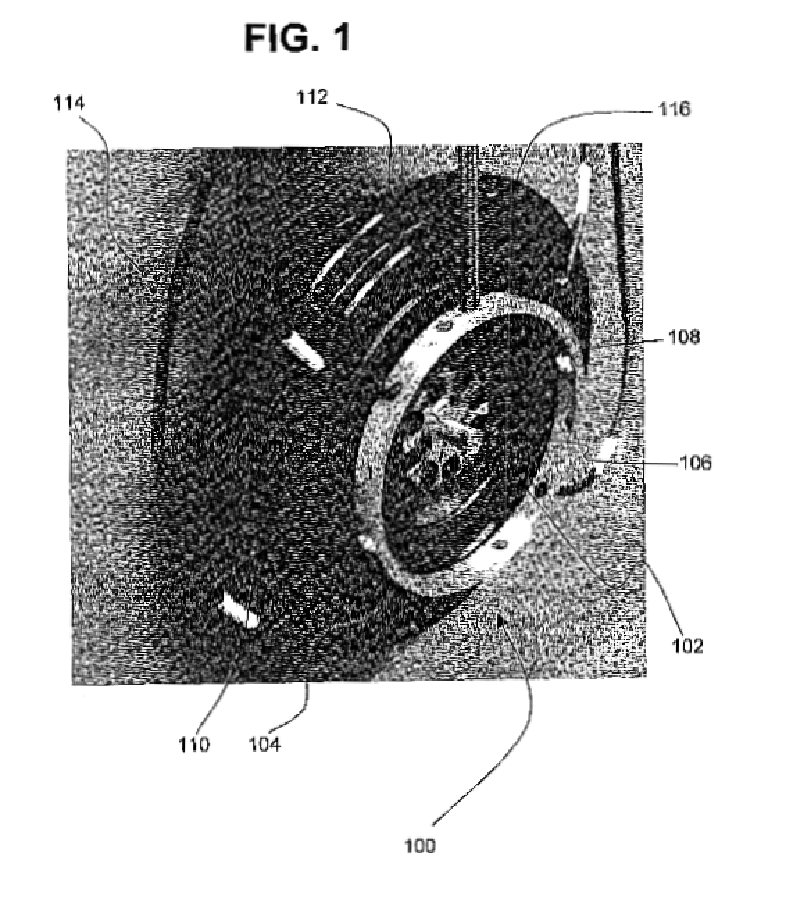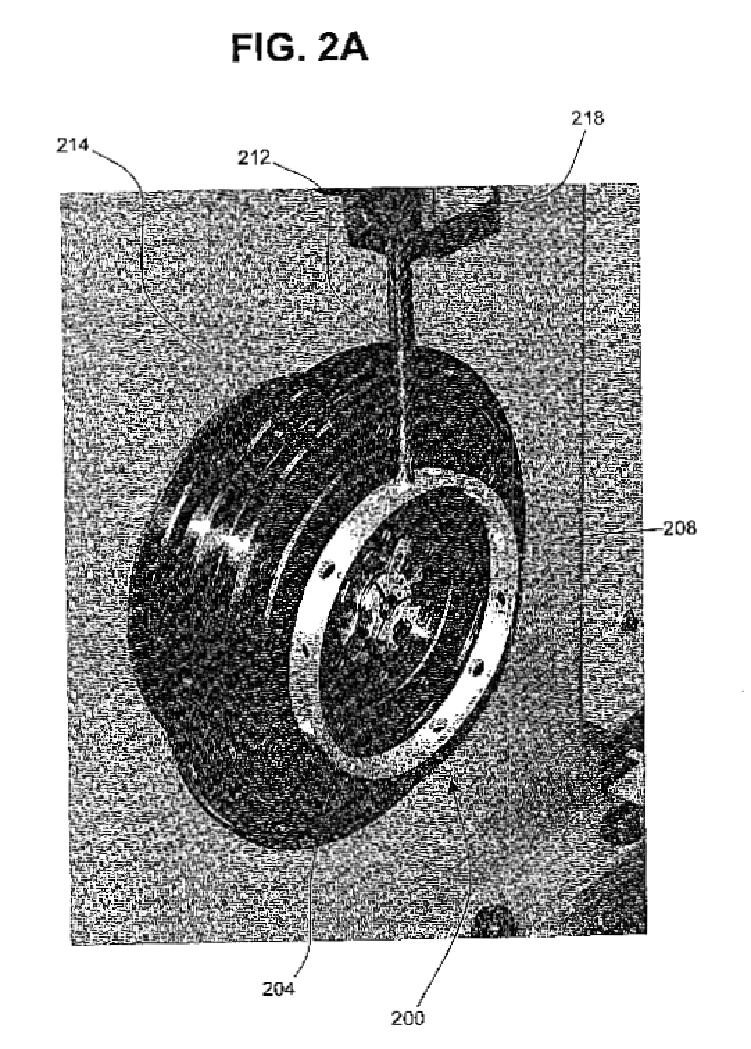Method and apparatus for in-process sensing of manufacturing quality
a manufacturing quality and in-process technology, applied in the direction of soldering apparatus, manufacturing tools, instruments, etc., can solve the problems of difficult inspection of critical inertia-friction welded joints, time-consuming and costly destructive post-process inspection, and high man-rated or labor-intensive applications. , to achieve the effect of non-destructive testing in research and developmen
- Summary
- Abstract
- Description
- Claims
- Application Information
AI Technical Summary
Benefits of technology
Problems solved by technology
Method used
Image
Examples
example 1
In one example of the preferred embodiment of the present invention, bar-to-bar inertia friction welding of copper to 304 L stainless steel was used. This material combination exhibits only marginal weldability and is ideally suited for validating the capabilities of the preferred embodiment of the present invention.
In this example, oxygen-free, high-conductivity (OFHC) copper bar nominally 1-inch diameter and annealed Type 304L stainless steel bar nominally 0.5-inch diameter were used. OFHC copper is essentially 99.99 percent pure, while 304 L is a low carbon grade of austenitic stainless steel. About three weeks before welding each specimen was given a preliminary machining step to ensure a faying surface finish of 32 μin.
In this example, welding was conducted using an MTI Model 90B inertia friction welding system. Initial parameter selection was based upon work described in Bell, R. A., Lippold, J. C., and Adolphson, D. R., Welding Journal, 63, 325s-332s (1984), the entire conten...
PUM
| Property | Measurement | Unit |
|---|---|---|
| distance | aaaaa | aaaaa |
| distance | aaaaa | aaaaa |
| distance | aaaaa | aaaaa |
Abstract
Description
Claims
Application Information
 Login to View More
Login to View More - R&D
- Intellectual Property
- Life Sciences
- Materials
- Tech Scout
- Unparalleled Data Quality
- Higher Quality Content
- 60% Fewer Hallucinations
Browse by: Latest US Patents, China's latest patents, Technical Efficacy Thesaurus, Application Domain, Technology Topic, Popular Technical Reports.
© 2025 PatSnap. All rights reserved.Legal|Privacy policy|Modern Slavery Act Transparency Statement|Sitemap|About US| Contact US: help@patsnap.com



